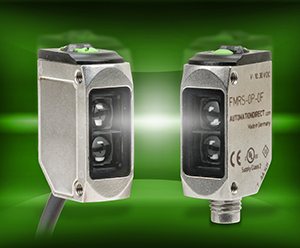+Tech TopicsAutomation NotebookDiscrete SensingIssue 37 - 2017Learning ResourcesNotebook IssueProduct
How to Specify Fiber Optic Sensors
Fiber optic sensors work well in tight spots and in applications with a high degree of electrical noise, but care must be taken when specifying these critical components.











